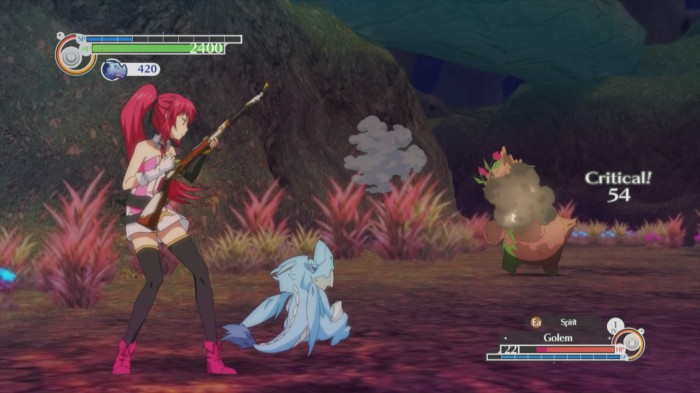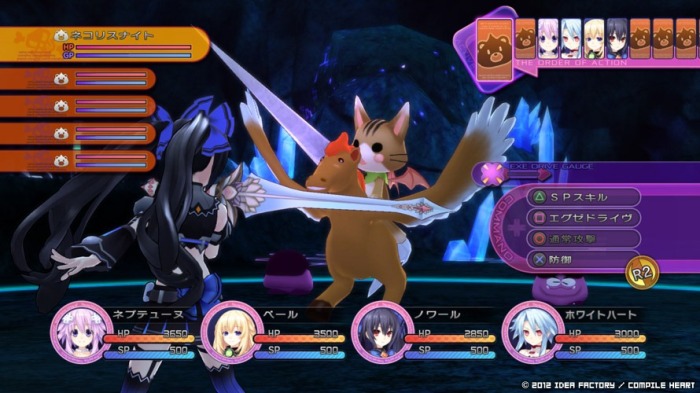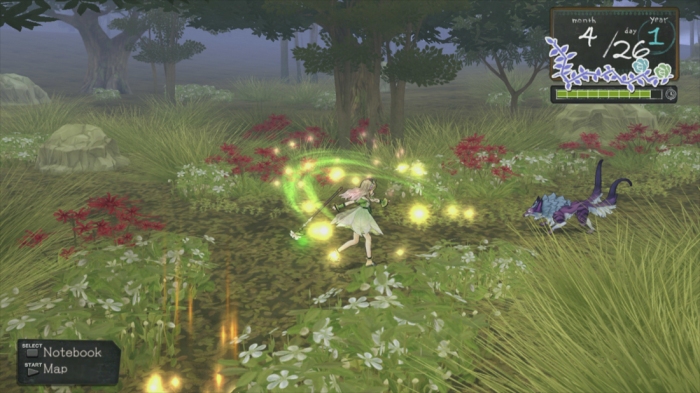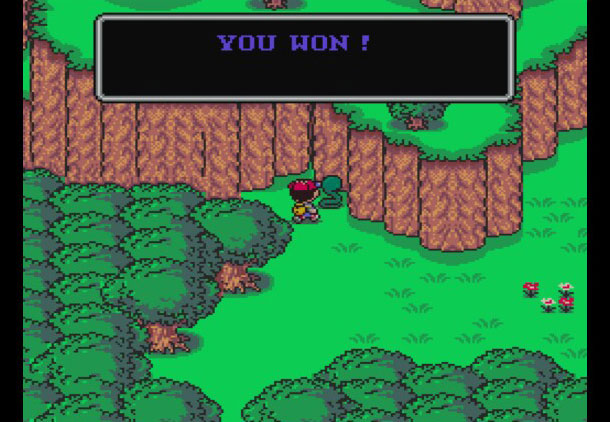Over the years I’ve spent so far working on The Turtle Who Had Wings: The Best Forgery Ever™, I’ve had many game ideas of varying quality. A few gems:
- A generic hack-and-slash/bullet hell (somehow) involving a generic anime/manga harem protagonist getting tired of his harem and killing them all off.
- A crazy-hard platformer involving a magician who cannot readily access magic at the moment, since the antagonist has hoarded all of the mana potions in the world and sealed off all other methods of acquiring mana.
- A cinematic tic-tac-toe game. Each time someone picks a space, a short, action-packed cutscene plays.
- A first-person monster-collecting game, kinda like Pokémon but with live-action battles. (The concepts for the monsters here were eventually just transferred to The Turtle Who Had Wings: The Best Forgery Ever™)
But I already know well enough to not actually work on these ideas, as cool as some of them they may sound, until I have The Turtle Who Had Wings™ out there, complete and for sale.
That said, The Turtle Who Had Wings™ is essentially complete in terms of my part of the design process (even though I haven’t spoken about every neat little nook and cranny of the design), with the exception of the actual levels and boss battles. So, while I still won’t start actual work on another game just yet, perhaps I should brainstorm out loud regarding one game idea whose form is dubious – my dream RPG. Okay, maybe “dream” is a bit of a lie here since it’s restricted by reality, but you get the idea.
It should come as no surprise to any of my active readers who’ve been paying attention that, while I play most genres (I avoid stuff I know I’ll hate like 4X, horror and gritty shooters, but that’s it), and there are some genres I like more than others, my favourite genre by far is the JRPG. But liking JRPGs so much has led me to having almost too many ideas, which is why I didn’t have one in the above list.
So why don’t I openly brainstorm about that? …Well, that was certainly a long introduction.
I suppose the first thing I should think about is, well, what part of the design I should tackle first. I want to say “setting”, but that should be decided based upon mechanics and then used to build upon those mechanics, not the inverse. My next thought is “battle system”, but there’s a few fundamental questions that have to be answered before the battle system can be discussed in depth.
Battle System I
Amount of Characters
The first thing of note to decide is the number of characters available for use in battle at any given time. I’ve played many that only let you use one, some that allow for three, some with larger numbers, but 4 is the most common by far. But I don’t want to do just four, since that’s boring. Well, not boring by default – some games did it in an interesting way – but something I’ve wanted to do for a while now is to be able to use all of my characters at once.
JRPGs usually restrict you to a set party size, usually three of four, give you some half-assed backrow mechanic, expects you to simply pick and choose to not use certain characters and calls it a day. The only times I’ve seen the backrow mechanic be interesting have been in certain Atelier games, where the backrow can interrupt, support and generally do everything except have a turn of their own in battle. They even swap with the backrow if the front row goes down.
In any event, the idea of having a large cast at once in an interesting manner that doesn’t make the combat drag on feels like an interesting challenge. I don’t think such a thing would be doable with an action-based battle system, so the end result will probably need to be turn-based. If I’m going with this idea, however, “a lot” will probably suffice until I get into mechanical specifics.
Encounters
I suppose the next thing to think about would be the mechanics of battles themselves. The first thing to consider here is how the player will get into battles. Random encounters feel like a horrible idea for a variety of reasons that could be a post of its own – it’s simply a dated system. A smarter idea would be the sorts of systems where you encounter an enemy on the map and fight them. I don’t think there’s a popular name for them, so I’ll just refer to them by the name a game I can’t remember off the top of my head gave them – symbol encounters.
Typical symbol encounters tend to give the player an advantage or disadvantage based on the circumstances. Who goes first being decided by how the encounter started, for example. Many games simply decide this based on whether or not you approached the enemy from behind or vice-versa. Some games, like the Atelier and Neptunia series, let your character do an attack animation and only give you the advantage if you hit them with it. If I’m not mistaken, Neptunia actually starts you off at a disadvantage if you miss the attack animation and the enemy runs into you during it, on top of the usual risk of being touched from behind.
One of the best things about symbol encounters, in my opinion, is how you can skip fights. Dating as far back as EarthBound, walking into an enemy too weak to challenge you would skip the fight and award you experience. Many implementations of this are questionable, for example. Often, this won’t count towards defeating an enemy for a quest, leaving the player SOL if they don’t defeat the enemy before they become too comparably weak.
Similarly, item drops tend to not be included this way unless you’re playing later Atelier games (which handle it excellently – you get the items if you hit with the attack animation, but just walking into them starts the fight normally with you at an advantage). Sometimes, like with the God’s Poke in Conception II: Children of the Seven Stars, whether or not you auto-win the fight is toggled in a stupid manner (whether or not you have a weapon equipped, in the case of that example) where a simple menu toggle would be fine. That said, that game did have a smart idea in making which enemies were weak/strong/normal compared to you quite obvious.
So the answer for this would be symbol encounters involving an attack animation, and an auto-kill that gives you all of the benefits of an actual fight, only triggered if you attack (like with Atelier).
Layout of Party
The next thing to ponder is simple: Should all party members be created equal? My answer is a resounding “HELL NO.“
If there’s one thing I’ve seen consistently happen is that some of the battle systems with the least longevity involve characters whom are easily interchangeable, like in Bravely Default or Persona. That’s not to say that doing such a thing is cause for instant failure, but it feels like an easy pitfall that can be avoided. On the other hand, some of the more interesting combat systems I’ve seen are focused on one character being the “core” of the group, in a way.
For example, Atelier and Ar tonelico both feature a combat system that puts one character (alchemists in Atelier, reyvateils in Ar tonelico) in a key spot, being unable to fight very well/at all directly, but can let off some of the strongest moves if protected, with a battle system that focuses on everyone else scrambling to protect them. Both cases essentially feature a battle system built entirely around the concept of vanguards defending a mage. That is but one example – there are many more that spring to mind, but I don’t want to drag on.
So I want the characters to be unbalanced, but in what fashion depends on the story I want to tell. It needs to remain thematically consistent. Which means that the design process has to step away from the battle system for a moment and explore story themes.
And that should act as a suitable conclusion to this post. I will continue where I’m leaving off now at a later date. Next time, I will be discussing a basic plot idea I have and then continuing with the battle system.
I’m open to any and all feedback regarding the stuff I say in these posts. Could lead me to shifting gears if the feedback is helpful.
Battle System I
Premise, Battle System II
Items and Equipment, Minigames
Traversal









